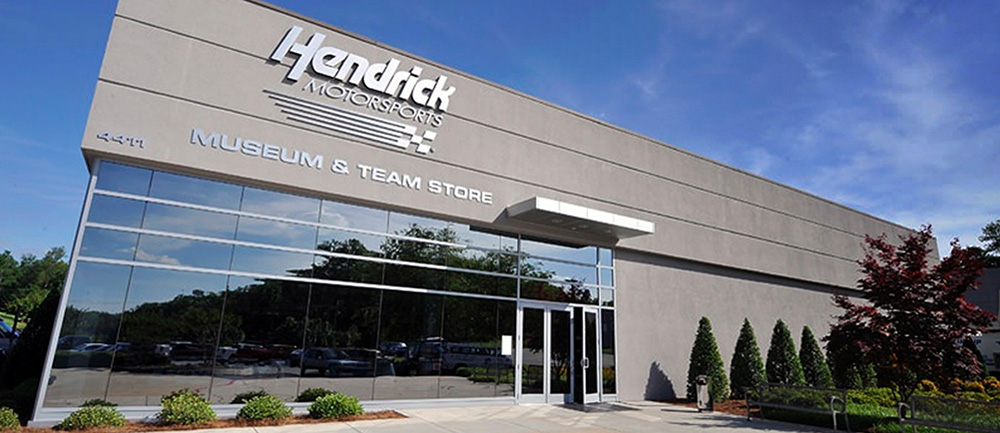
2014 NASCAR Sprint Cup qualifying 101
CONCORD, N.C. – NASCAR Sprint Cup qualifying will look different for the 2014 season, and below are the top 10 things you need to know to be ready.
But first, here’s the gist:
2014 Qualifying:
-At tracks measuring 1.25 miles and shorter, there will be two rounds. The first round will be 30 minutes and include all cars. The 12 fastest cars will advance to a 10-minute second round, where the pole winner will be decided. The teams have a 10-minute break between the first and second sessions.
-At tracks measuring 1.25 miles and longer, there will be three rounds. The first round will be 25 minutes and include all cars. The 24 fastest cars during the first period will advance to the second round, where they will be lined up based on their first-round qualifying speed. The second round will be 10 minutes, and the 12 fastest cars will advance to the final round, a five-minute session where the pole winner will be decided. Between rounds, teams will have a five-minute break.
Now let’s answer some outstanding questions:
1. Birthdate: The new system won’t be implemented until after the Daytona 500, which will maintain its qualifying process – single-car runs on Sunday, Feb. 16, followed by the Budweiser Duels on Thursday, Feb. 20. Phoenix is a one-mile track, so that means a two-round qualifying session. That’s scheduled for Friday, Feb. 28.
2. Points: No points will be awarded for winning the pole position.
3. Tires: Each team will be limited to one set of tires for all qualifying sessions, regardless of track size.
4. Adjustments: Teams can tinker on their cars only during the breaks, and even then, they’re limited on what they can do. Ryan Pemberton, NASCAR vice president of competition and racing development, told members of the media during the announcement Wednesday that NASCAR will permit adjustments to the wedge, track bar, tire pressure and tape. “The consensus was to not go under the hood and make other extreme adjustments,” Pemberton said. And teams can’t touch their tires.
5. Approach/Rain: A random draw will determine the initial order, but it’s up to teams when they actually make their run. Now if qualifying is rained out, the starting lineup will be based upon practice speeds. But, Pemberton noted, ultimately the field will be set by the rulebook.
6. Provisionals: They still exist and will follow the same format as the 2013 season.
7. Gamesmanship: In other words, will NASCAR weigh in if competitors start blocking one another and affecting lap speeds? Not at this time. Pemberton said, “As always, we'd like to leave it in the competitors' hands to conduct themselves properly during these sessions.”
8. On-track incident: In the case of an on-track incident (wreck, pothole, etc.), NASCAR will throw the red flag (stop the clock) and resume action when the track is ready. If the rain falls before that happens, see No. 5 above.
9. Drafting: It will be allowed at the restrictor-plate tracks of Talladega (Ala.) Superspeedway (May 4 and Oct. 19) and Daytona (July 5). No special rules are planned for these tracks at this time.
10. Why is this happening? One word – excitement. Single-car runs should pale in comparison to this elimination process, which essentially guarantees elevated blood pressures at short tracks. The qualifying process now will have a sense of urgency and potentially will become part of the race-day approach. Teams get to spend more time working on their race setup versus their qualifying one, which should make for a better race day.







